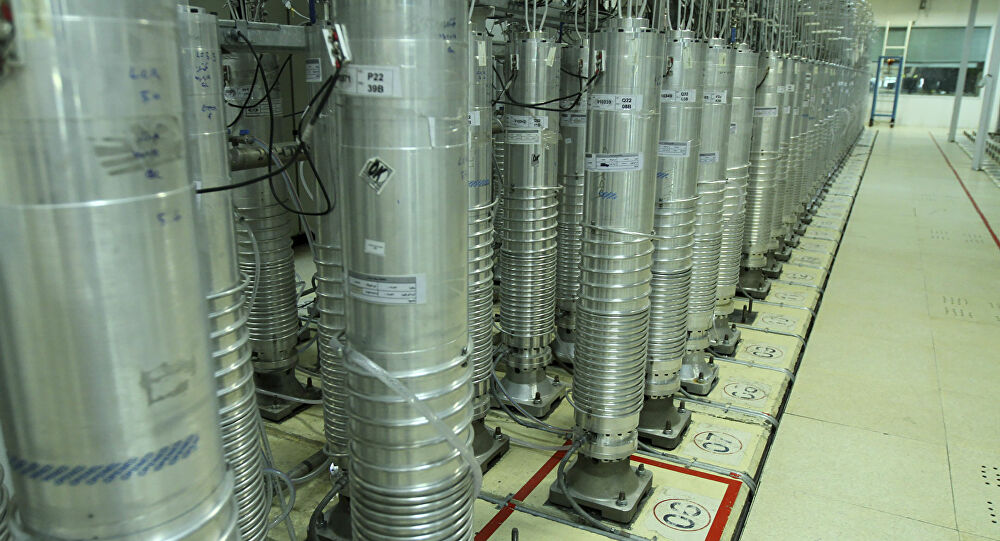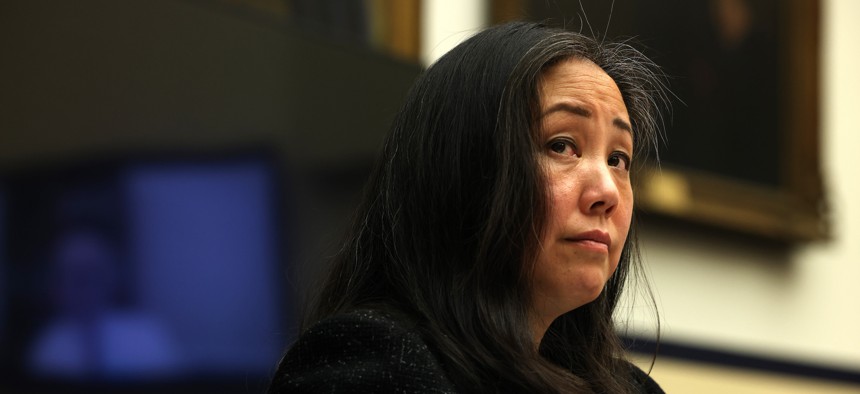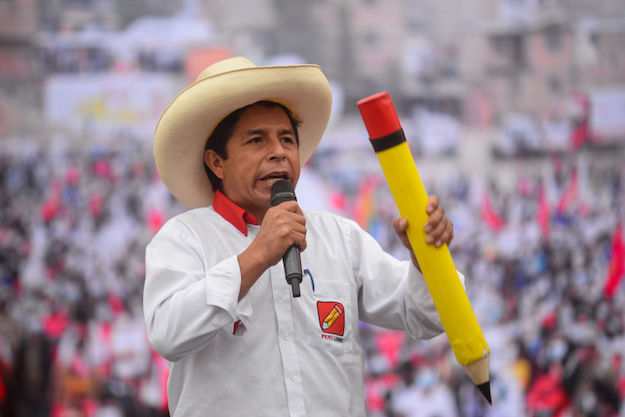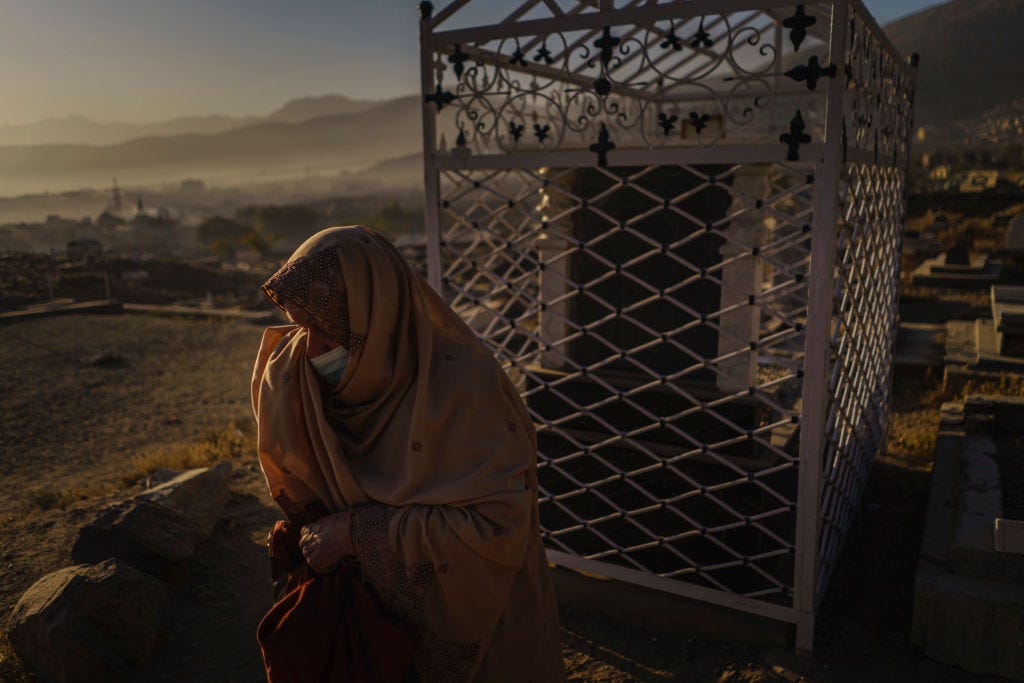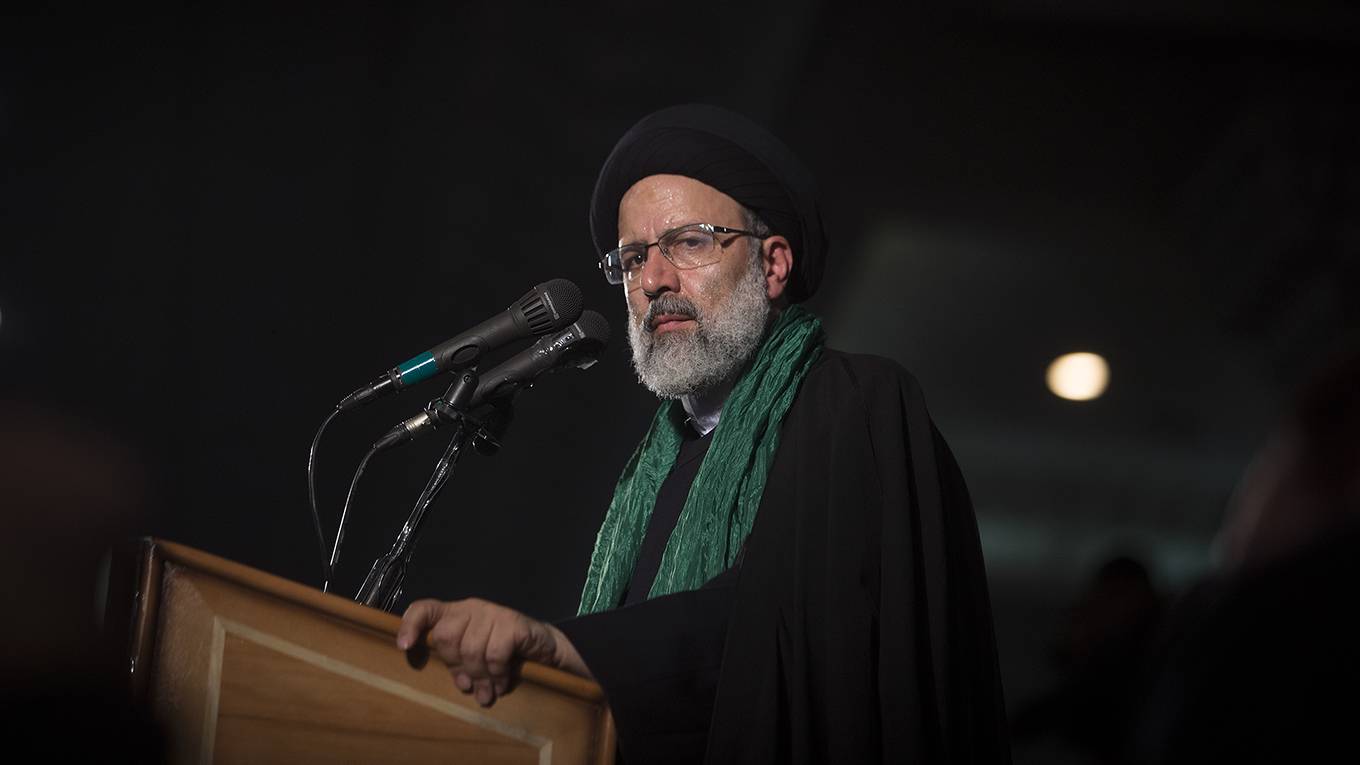America’s most valuable $2 trillion company is no longer immune to US geopolitics. Apple’s global success is an anomaly to the protectionist Trump-Biden administrations – for all the wrong reasons.
Recently, Apple announced a set of additional privacy protections. The “private relay” feature will not be available to users in China. After the announcement, New York Times reported that Apple had given in to Beijing.
In fact, in addition to China, the privacy feature will not be available to users in many countries, including Belarus, Colombia, Egypt, Kazakhstan, the Philippines, Saudi Arabia, South Africa, Turkmenistan, and Uganda.
Yet, Times only targeted China.
No multinational can ignore local responsiveness


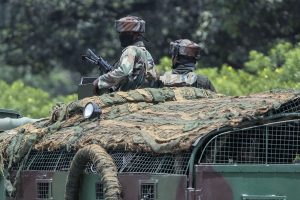
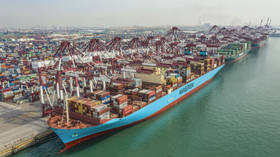
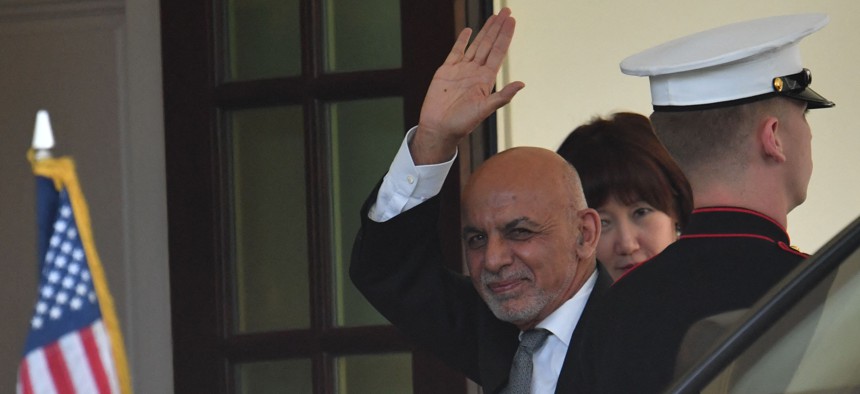

 D
D
